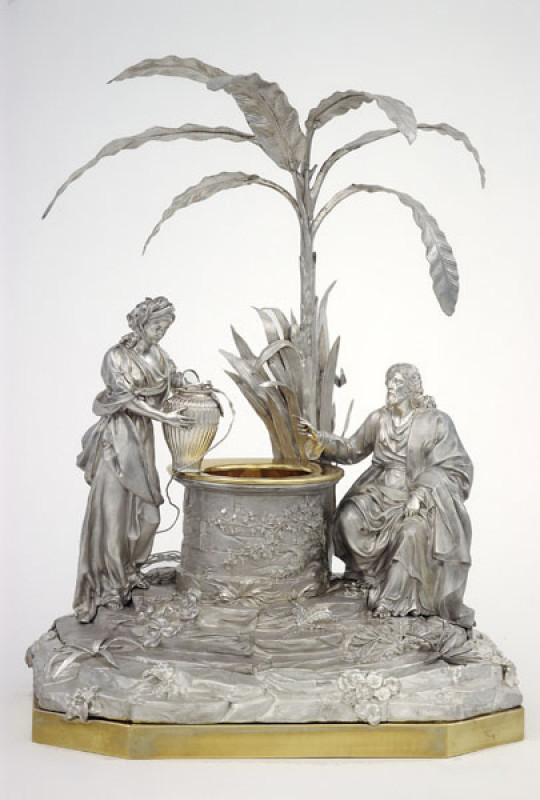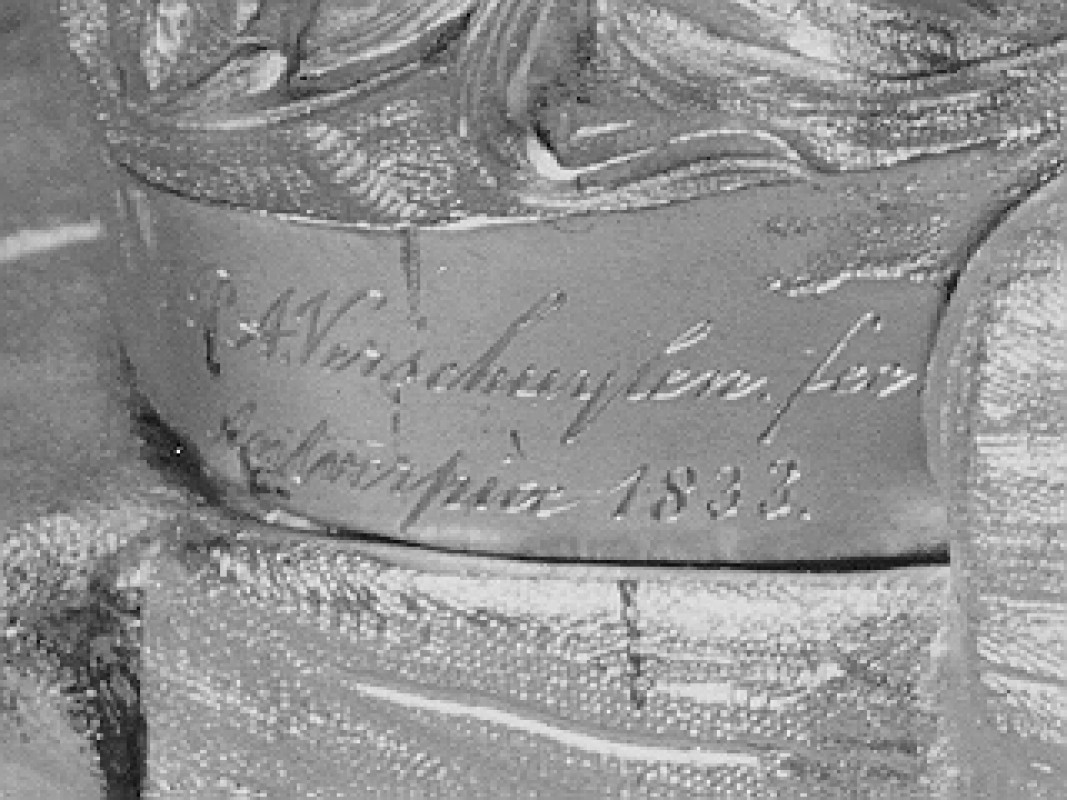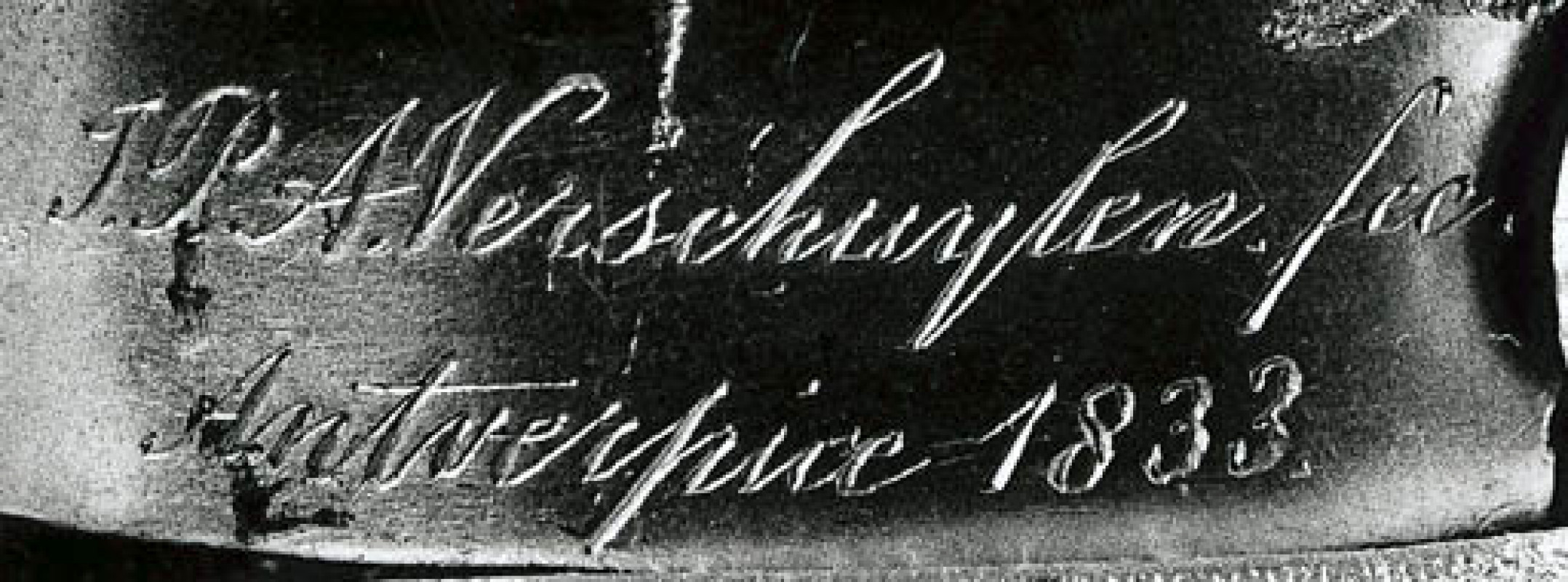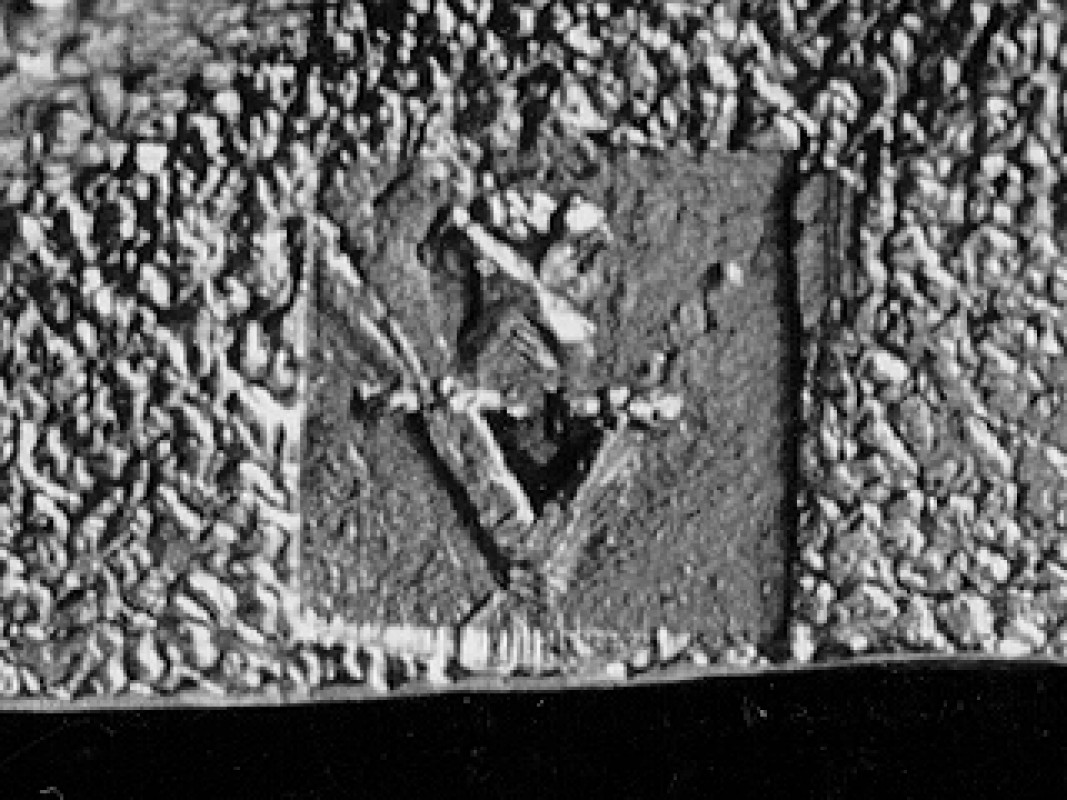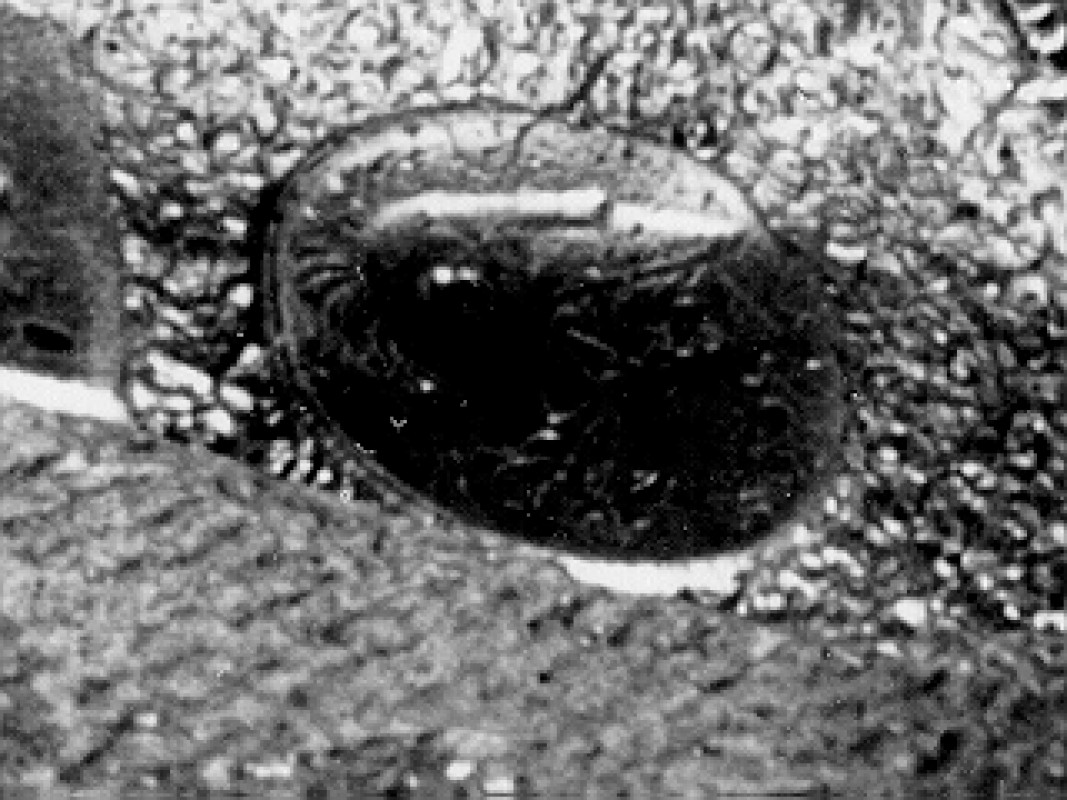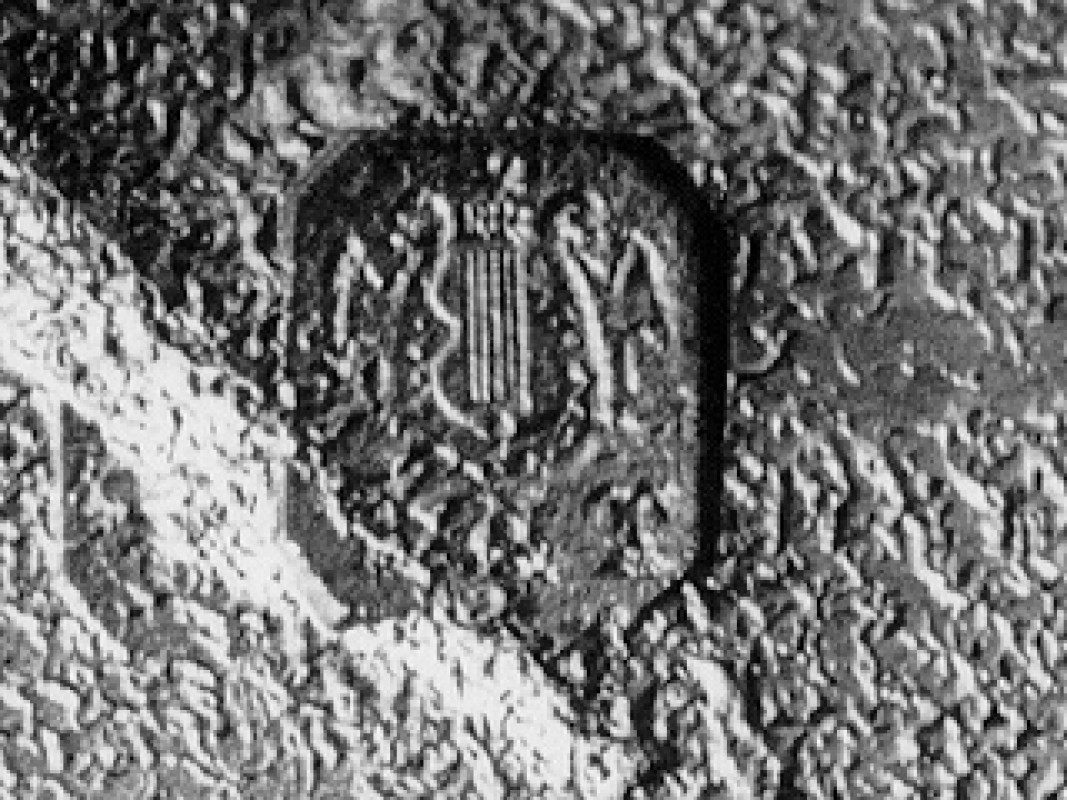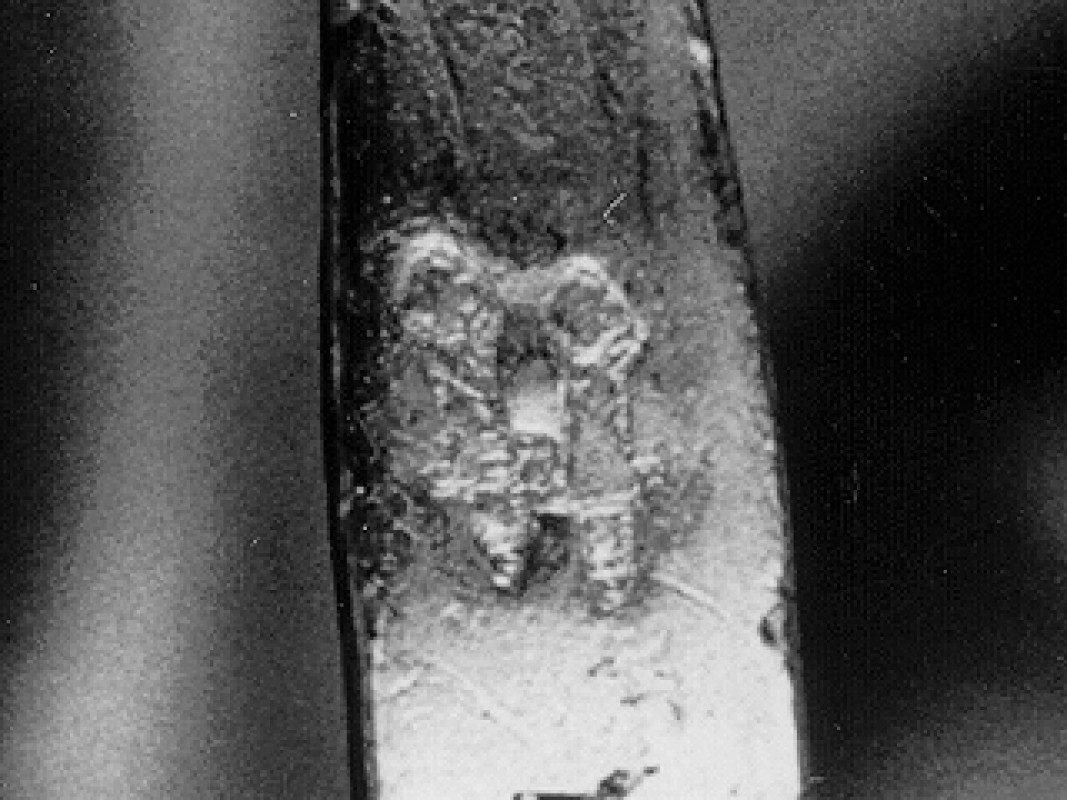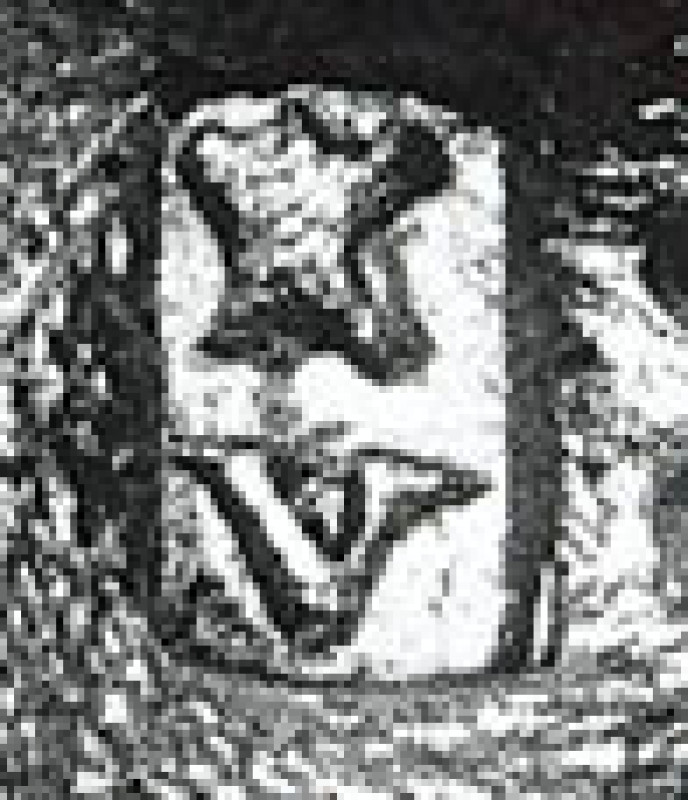Holy-water stoup Jesus and the Samaritan woman at the well
1833 - 1833
Fully moulded holy water font on a copper base depicting Jesus and the Samaritan woman at the well. Signed and dated on the back: J.P.A. Verschuylen fec. / Antverpiae 1833. Verschuylen may have derived inspiration for this holy-water font from a print by Jan Van Orley (1665-1735) in the New Testament series. The carved pulpit (1772) by Laurent Delvaux (1696-1778) in St Gertrudis Church in Nivelles and the pulpit (c. 1750) by the Antwerp sculptor Gaspard-Melchior Moens in the Church of Our Lady in Hoboken may also have inspired the silversmith. The City Print Collection in Antwerp contains an anonymous eighteenth-century sketch for a pulpit (inv. 1645, Dieltiens collection), which in concept closely resembles the holy-water font. The question is whether or not Verschuylen knew this sketch. (Source: Zilver uit Antwerpen, 2006)
Notice: Do you see a mistake? Or do you have extra information about this object? Please let us know!


